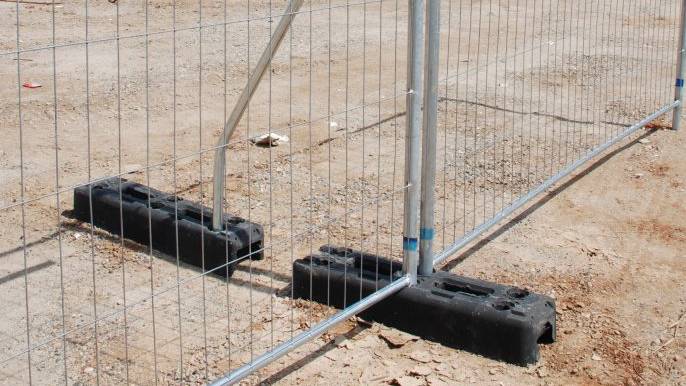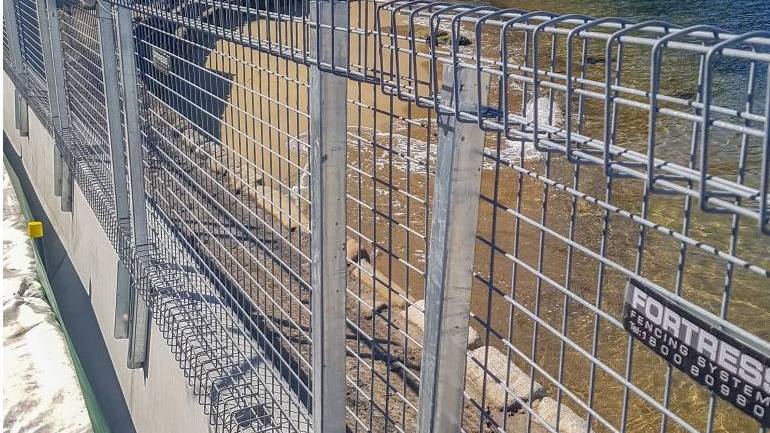Temporary fencing is widely used on construction, building and infrastructure work sites, and wherever privacy and security is needed. But ‘temporary fencing’ can mean a few different things.
When it comes to getting the right product for the job, it’s important to understand the 3 different types of temporary fencing.
Here are the 3 main types of temporary fencing that construction and infrastructure contractors typically need on site.
What are the different types of temporary fencing?
- Temporary fencing panels: these tall wire mesh fence panels are clamped together, typically around the perimeter of a site
- Crowd control barriers: lower, linked-together steel panels that are used for creating walkways or pedestrian areas and for cordoning off hazards
- Edge protection fencing: this strong steel fencing consists of panels that bolt on to the edge of concrete decks, around lift wells whilst they are being constructed, or around pits and deep excavations.
What is temporary fencing best for?
These free-standing welded wire mesh temporary fencing panels are installed using concrete or ‘polyblok’ fence feet. The vertical posts of the fencing slot into holes in the fence feet, enabling quick and easy setup of any length required. The strong mesh panels are ideal for long runs of fencing, cordoning off small areas, surrounding pits and keeping people out of specific areas.
These types of temporary fencing come in two varieties from Fortress Fencing – a medium duty and a heavy duty version.
What are crowd control barriers used for?
Some projects call for temporary pedestrian fencing where large 1.8m high panels would be overkill. In this situation, crowd control barriers are the perfect solution.
These low pedestrian fences are made from galvanized steel tubing panels, which lock together with a simple double pin mechanism. They have low profile galvanised steel feet that slip in to the bottom of each panel. Crowd control barriers are lightweight and easy to set up and move.
They are ideal for managing pedestrian areas, creating safe walkways on site, fencing off plant or equipment that is out of action, and fencing off small hazards.
What is edge protection fencing used for?
Temporary edge protection fencing such as Fortress Fencing’s XT Panels are a rigid steel fencing that has a bottom kick plate and a rolled edge top and bottom. This is to prevent tools or small items from rolling underneath the fence and causing a hazard to workers below, as it is typically used on multi-storey construction projects. This fencing complies with AS/NZS 4576 ‘Guidelines for Scaffolding’ and is fit to use in off the ground applications.
The panels use a special type of steel post to bolt on to the edge of concrete decks and drop offs during construction work. reate a protective barrier around voids, drop-offs, edges and other no-go areas with the XT Edge Protection Barrier. A strong temporary fencing solution, it is ideal for installation around excavations and work sites, scaffolding edge protection, and to warn of hazards.
We have customers using these for applications such as surrounding lift wells in deep excavated pits, as scaffolding edge protection, and even using them underground as drop-off protection.





Want to know more?
Contact us today for more information about the products used or to learn how we can assist with your upcoming project!
